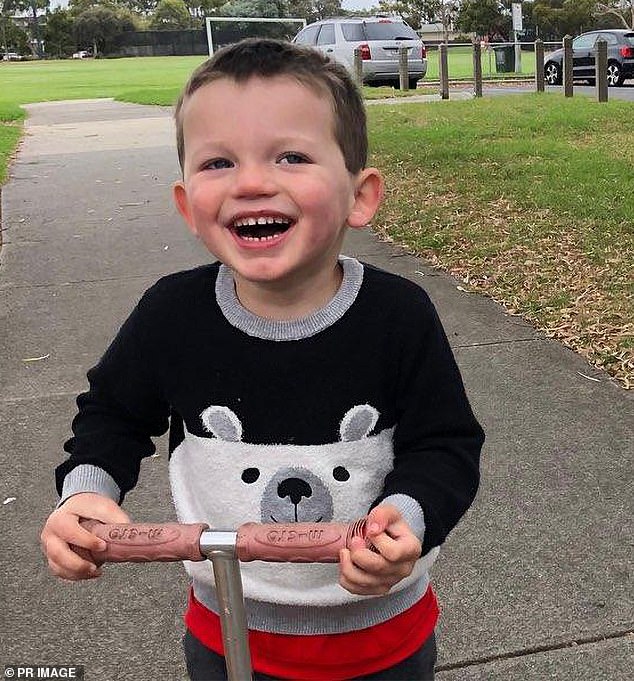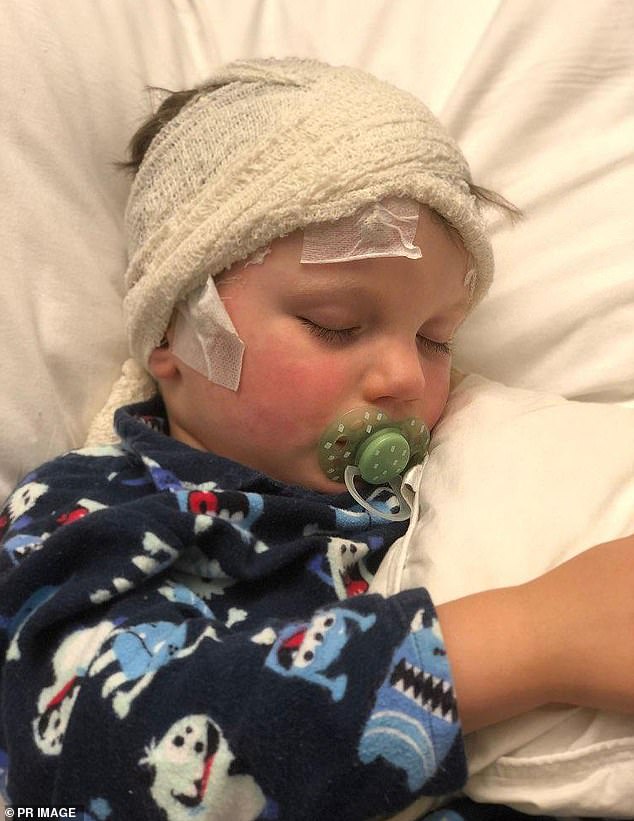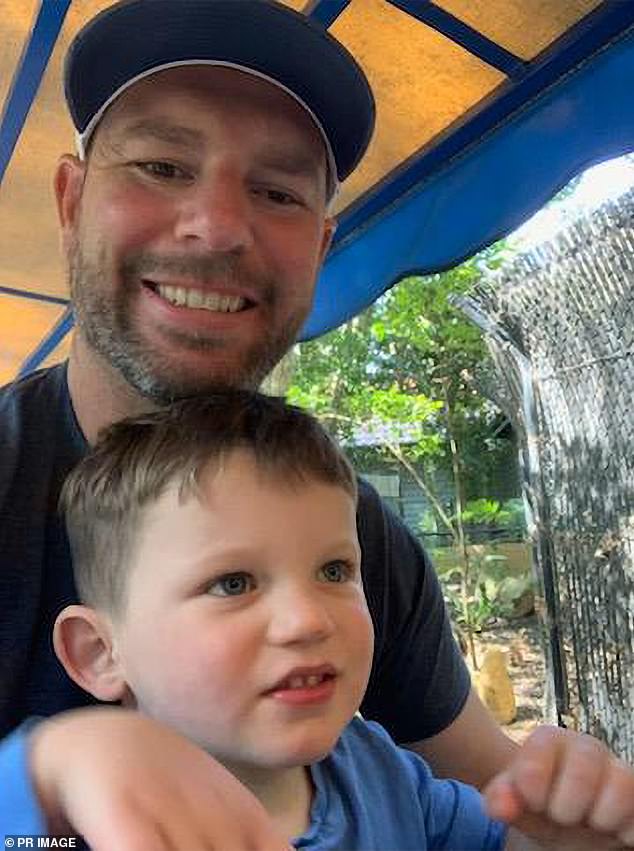Every night, Stu Place puts his son Will to bed knowing the four-year-old could die.
‘You live with this anticipatory pain. “It’s a strange concept,” he said.
“You’re almost mourning the possible loss of a child when nothing has happened yet.”
The condition that could end Will’s life is called SUDEP – Sudden Unexpected Death in Epilepsy.
‘You live with hypervigilance. A heightened state of alert,” Mr. Place said.
“Exhaustion is a word that probably clearly describes how you feel.”
Will was 18 months old when he was diagnosed with a rare genetic epilepsy, which puts him at higher risk of sudden, unexpected death in epilepsy.
At that time he was suffering from 150 seizures a day. “He would fall to the ground and his body would shake for five to 10 seconds,” Place said.
In the photo appears Matt Place, his son Will Place, 4 years old, who has been diagnosed with sudden and unexpected death due to epilepsy.

Will was 18 months old when he was diagnosed with a rare genetic epilepsy, which puts him at higher risk of sudden unexpected death in epilepsy.
Then he got up as if nothing had happened. But that would happen every 10 minutes.”
Will is non-verbal and also has cognitive impairment, autism, sleep, movement and behavioral disorders.
In Australia, 170 people die each year from this disease.
It occurs when a healthy person living with epilepsy dies suddenly and prematurely without an identifiable cause of death.
People most at risk are those who experience nocturnal or “frequent convulsive” seizures and do not take their medications when prescribed, said Carol Ireland from Epilepsy Action Australia.
While 70 percent of people with epilepsy can control their seizures with medications, 30 percent have drug-resistant seizures.
Experts are raising awareness about the risks and say two out of three cases could be prevented through better seizure control.
“Some of the most affected age groups are young people and people in their 20s and 30s,” Ms Ireland said.
“These are people who just forget to take their medications, socialize too much and don’t get enough sleep.”
“But those risks can be mitigated… and so it might be possible to prevent the deaths of two out of every three people we lose.”
Experts hope that raising awareness will increase access to specialized care and SUDEP risk screening, as well as innovative treatments to reduce seizures.

In Australia, 170 people die each year from this disease. Will Place appears in the photo
“We don’t understand why SUDEP occurs, this is the next important step in research… but we need to invest more resources to solve this terrible problem,” said Professor Ingrid Scheffer of the University of Melbourne.
Despite the challenges Will faces every day, Place said he is a happy child with a lot of energy.
‘What Will likes most is music. “He dances anything that has a rhythm, he loves other kids, he loves jumping on the trampoline and climbing anything in sight,” she said.
But for now, Place and his wife Vicki feel their ability to protect their son is largely out of their hands.
“We live with anxiety and fear, constant worry, especially at night or when you can’t keep a close eye on them, like in daycare,” she said.
“You feel helpless, because it is very difficult to predict and prevent.”
National Epilepsy Line 1300 37 45 37
National Epilepsy Support Service 1300 761 487


